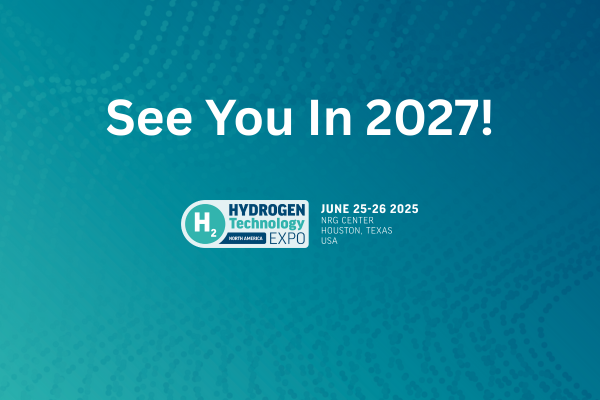Enabling Cost-Efficient Carbon Capture in the Aluminium Industry with Nano-Engineered Reticular Materials
)
Aluminum production presents a unique and often underestimated challenge in industrial decarbonization. As one of the most energy-intensive industries—responsible for about 1% of industrial energy use in the EU27 (Eurostat, 2020) and 3% of global direct industrial CO₂ emissions in 2022 (IEA, 2023)—the sector faces increasing pressure to align with climate goals. Decarbonization is especially difficult due to high energy demands, carbon-intensive alumina feedstock, reliance on fossil-fuel electricity, and carbon anodes that emit CO₂ and potent perfluorocarbons (PFCs) during electrolysis.
Unlike cement or steel, aluminum smelting produces off-gases with CO₂ concentrations of around 1%. This highly dilute stream makes capture with existing technologies far more energy- and cost-intensive. To make carbon capture viable for the industry, incremental improvements aren’t enough—something transformative is required.
The Challenge of Carbon Capture in the Aluminium Industry
The main obstacle to carbon capture in aluminium smelting is not just the volume of emissions, but their quality. Off-gases from electrolysis contain very low CO₂ concentrations—typically around 1% by volume—much lower than in cement or steel production. This ultra-dilute stream makes traditional post-combustion capture technologies, designed for richer gas mixtures, far less efficient. As a result, capturing CO₂ from aluminium smelters is significantly more energy- and cost-intensive per tonne.
The challenge is compounded by the complex chemical makeup of the exhaust gases. In addition to CO₂, these streams include corrosive and reactive compounds such as sulfur oxides (SOₓ), nitrogen oxides (NOₓ), hydrogen fluoride, PFCs, and high water vapor levels. Conventional capture systems—especially solvent-based or porous sorbents—are prone to degradation under such conditions. Moisture and acid gases can compromise performance, reduce efficiency, and clog equipment.
To protect capture media, costly pre-treatment steps like drying, scrubbing, and filtration are required, increasing energy use, operational complexity, and capital costs—further limiting feasibility at scale.
In this context, material resilience is as crucial as CO₂ selectivity. Capture systems must operate effectively in dilute, chemically harsh environments. Longevity, regeneration stability, and fouling resistance are essential for long-term use.
What’s needed are robust, low-energy, modular technologies that can integrate into existing infrastructure and handle the unique gas composition of aluminium smelting. Overcoming these combined challenges is key to enabling cost-effective decarbonization and meeting global climate targets.
Unlocking Efficiency: The Promise of Nano-Engineered Reticular Materials
Recent advancements in carbon capture have introduced nano-engineered reticular materials as a promising solution to the aluminium sector’s specific challenges. Designed with extremely high internal surface area and strong CO₂ selectivity, these materials offer a new pathway for capturing CO₂ from ultra-dilute gas streams.
Critically, they operate efficiently at low CO₂ concentrations while significantly lowering energy and material input requirements. Their performance directly addresses a key barrier in the sector: the high cost of capture. By reducing the energy required per tonne of CO₂, they improve the economic feasibility of deploying carbon capture across aluminium production sites.
These materials are also highly resistant to chemical pollutants, maintaining performance in humid, corrosive environments. This resilience eliminates the need for energy-intensive drying or cleaning steps, reducing operational complexity and capital costs. Their durability extends operational life, lowers maintenance, and enhances cost predictability over time.
Solid-state capture systems built around reticular materials are modular by design, allowing flexible scaling in line with production capacity. This enables aluminium producers to tailor implementation to site-specific needs and decarbonization timelines. Modular systems can also be retrofitted into existing infrastructure with minimal disruption.
Unlike solvent-based systems that use volatile chemicals and carry risks of leaks, degradation, and contamination, solid-state materials avoid these issues. The absence of liquids simplifies system design, reduces safety risks, and eases regulatory compliance—supporting a cleaner, safer, and more publicly acceptable path to large-scale deployment.
While conventional materials like zeolites are solvent-free, they often require regeneration at over 120°C, limiting compatibility with low-grade energy and raising carbon footprints. In contrast, low-temperature reticular materials enable more energy-efficient, climate-aligned operation.
Towards a Viable Future for Carbon Capture in Aluminium
The integration of nano-engineered reticular materials is a major step toward overcoming the economic and technical barriers that have hindered carbon capture in the aluminium industry. With high CO₂ selectivity, low regeneration energy, chemical resilience, and modular scalability, these materials present a strong path to aligning operations with long-term decarbonization goals
As regulatory and market pressure mounts, the ability to implement efficient, low-cost carbon capture at scale will be key to ensuring both environmental and economic sustainability.
https://www.aluminium-journal.com/cost-efficient-carbon-capture-with-nano-engineered-reticular-materials


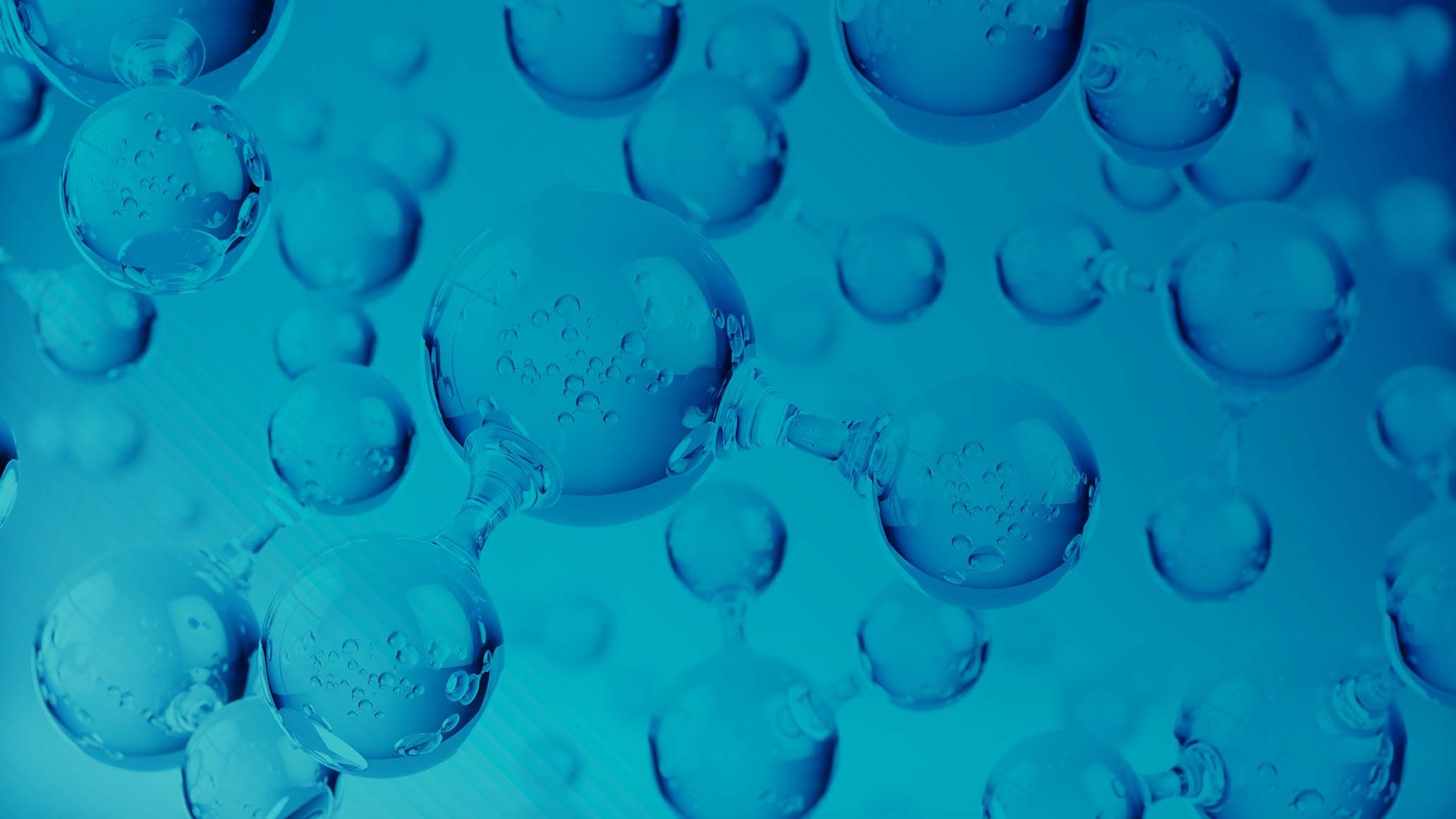
)
)
)
)
)
)
)
)


)
)
)
)
)
)
)
)
)
)
)
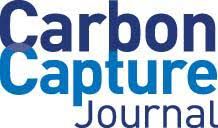
)
)
)
)
)
)
)
)
)

)
)
)
)
)
)
)

)
)
)
)
)
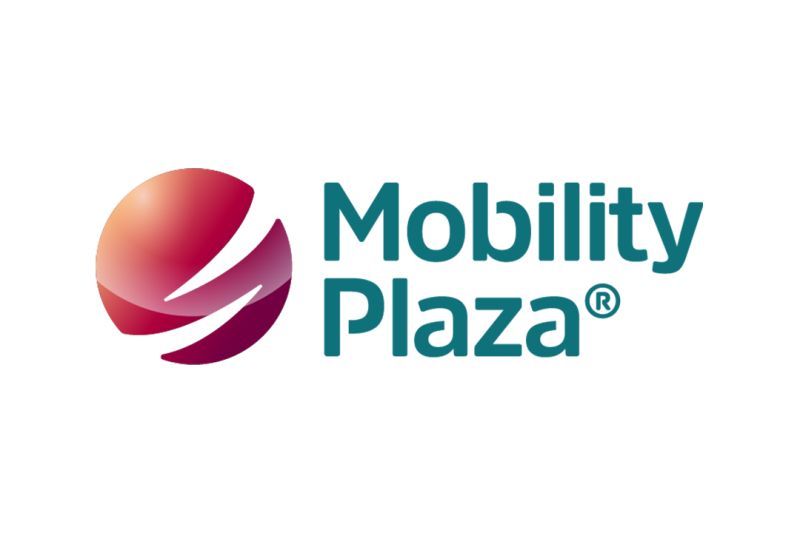
)
)

)
)
)
)
)
)
)
)
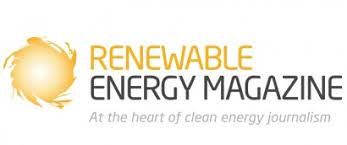
)
)
)
)
)
)
)

)
)
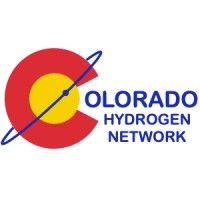
)
)
)
)
)
)
)
)

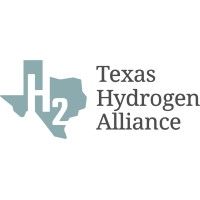
)
)

